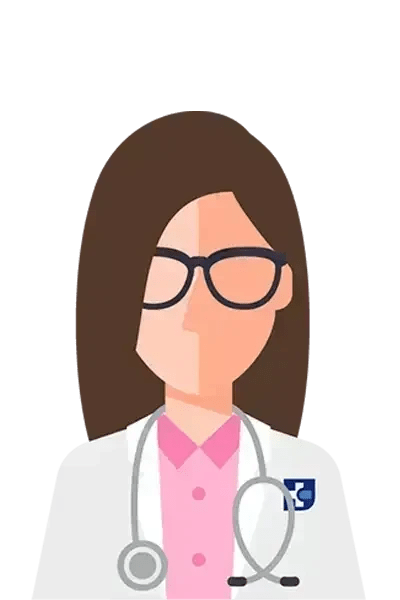

Dermatology
“Wrinkles of the skin are something indescribably that comes from the soul.”
Simone de Beauvoir
Dermatology treats all diseases and problems relating to the skin. The skin is the most extensive human organ that measures approximately 6.5ft in an adult. Its primary function is to preserve and protect the internal structures of the human body. The ailments that appear in the skin can correlate with internal diseases or be isolated lesions typical of interaction with the environment (such as scratches).
Some of the conditions that are treated in dermatology are:
- Eczema: Inflammatory responses to external agents.
- Psoriasis: Psoriasis is a chronic autoimmune condition that causes the rapid buildup of skin cells. This buildup of cells causes scaling on the skin's surface.
- Acne: Inflammation of the pilosebaceous follicles of the skin, with different manifestations called "Comedones" that can be open (blackheads) or closed (whiteheads). They generally appear at puberty as a hormonal reaction, although some adults can also suffer from it. It can occur on the skin in general, the most common areas being the face, neck, and back.
- Alopecia: Loss of capillary density.
- Urticaria: Itching or stinging that can occur at any age and manifests as reddish/pink, inflamed bumps.
A dermatologist can also tend to anything related to mucous membranes, hair, and nails.
Dermawellness
Cosmetic dermatology has become very important in recent years as a subspecialty of dermatology. It uses different techniques focused on beautifying, especially the skin of the face and neck, as well as different treatments on parts of the body to improve its appearance.
Some treatments include:
- Dermabrasion: It focuses on the elimination of scars caused by conditions such as acne.
- Botulinum toxin: This is a temporary reduction of wrinkles through the use of medications.
- Radiofrequency: It helps to combat sagging and wrinkles.
- Micro-transfer of fat, collagen, and hyaluronic acid: These are used as skin fillers.
- Laser or pulsed light hair removal: It is used for the removal of body hair.
Powered by Froala Editor
